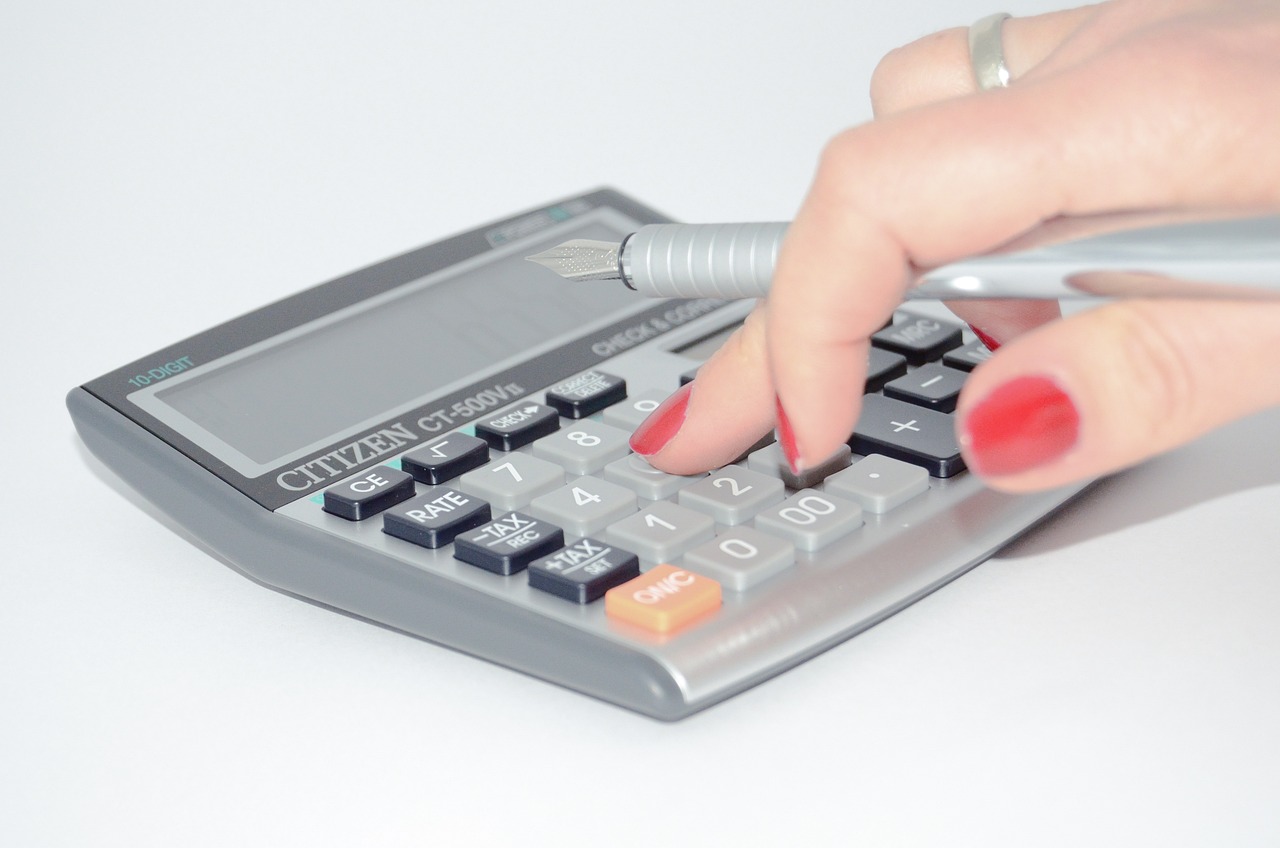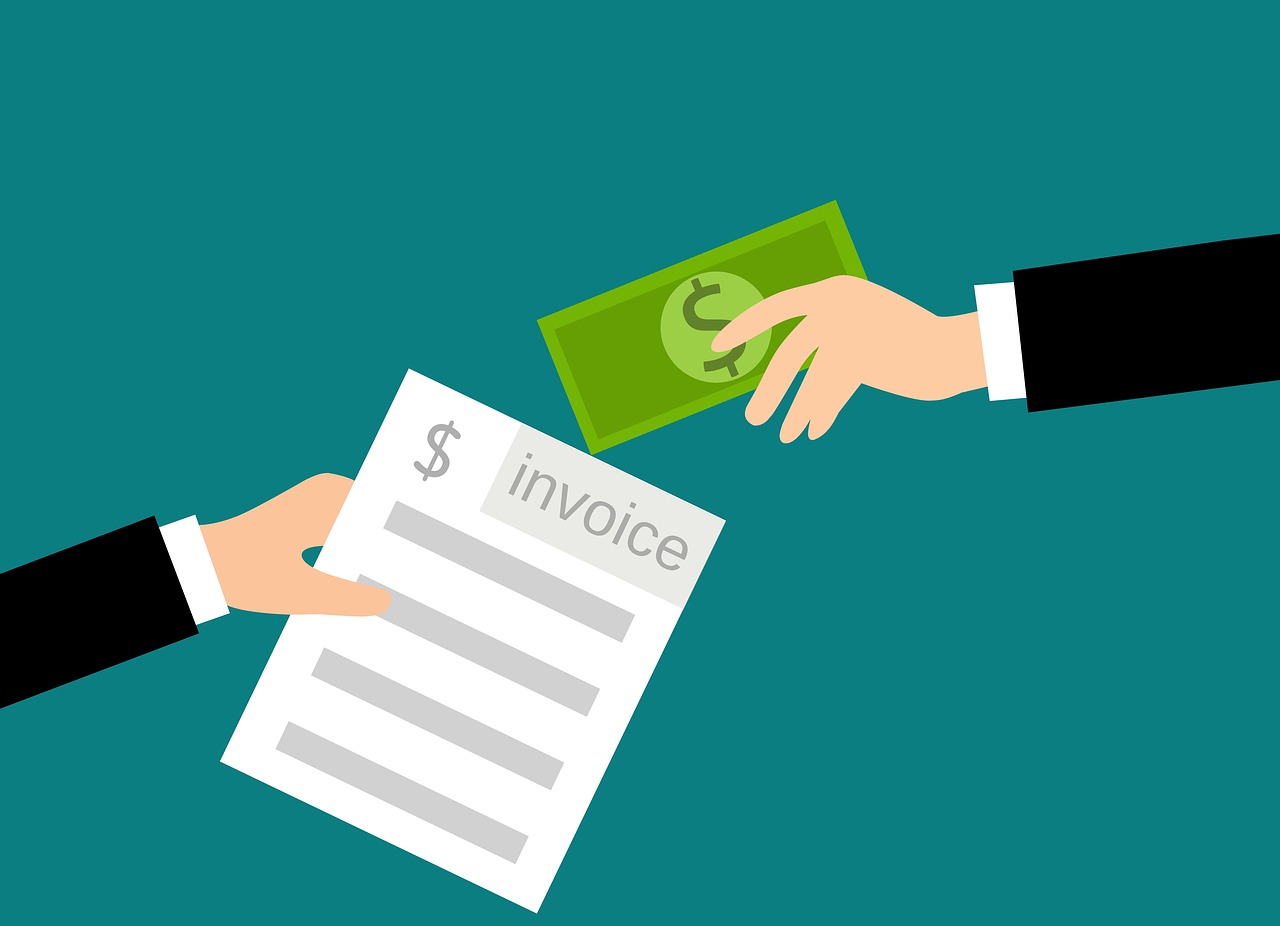Creating a Simple and Effective Receipt Template
Running a business means dealing with receipts, lots of them. But who says they have to be complicated? Here at
Saldo Invoice, we believe in the power of simplicity. Whether you’re a seasoned business owner or just starting, we’re here to help you create receipts that are not only professional but also user-friendly. Let’s make every transaction a breeze!
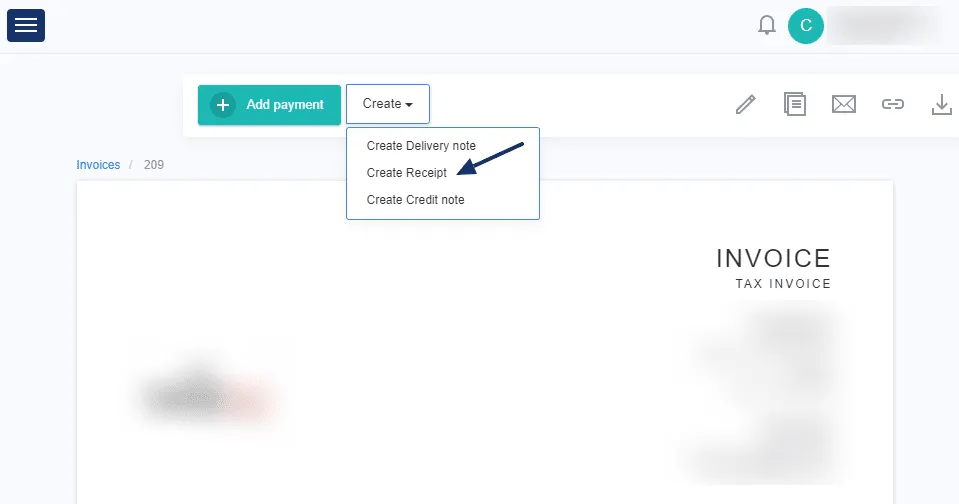
Introduction to Creating Simple and Effective Receipt Templates
The importance of a clear, easy-to-understand receipt can’t be overstated. A well-designed receipt isn’t just a piece of paper; it’s a communication tool. It tells your customers exactly what they need to know without any fuss. Simple, right?
If you’re in the retail industry, take a look at our
bike receipt template. It embodies what we mean by simple and effective design.
Why Simple Receipts Matter:
- Easy to read: Your customers can quickly see what they need without confusion.
- Quick to fill out: Efficiency matters. A simple design saves valuable time.
- Fewer mistakes: A straightforward layout leads to accuracy in every transaction.
- Professional appearance: A sleek, uncluttered design leaves a positive impression.
- User-friendly: Both your team and customers will appreciate the ease and clarity of a well-designed receipt.

Determining Essential Receipt Information
When it comes to receipts, it’s not just about scribbling down numbers. You need the right details, and you need them in the right places. Why? Because accurate information not only makes things clear for your customers but also keeps everything neat for your records. Let’s break it down and see what’s essential.
Identifying Key Details
Ever stared at a receipt wondering what’s what? That’s exactly what we want to avoid! Too much information is as bad as too little, and the trick is to find the perfect balance. Here’s how we make sure only the most essential stuff makes it to your receipt, without overwhelming or leaving anyone scratching their head:
- Deciding which information to include: Not everything has to go on there. Focus on what truly matters.
- Prioritizing essential details: Keep the important stuff front and center. It helps both you and your customer.
- Addressing legal requirements: Let’s keep everything above board. Some information has to be there by law.
Need an example? Check out our
book receipt template. It contains everything you need and nothing that you don’t.

What You Really Need on a Receipt:
- Date and Time: When did this transaction happen?
- Items Purchased: What exactly was bought?
- Price Breakdown: How much does each item cost, including taxes and discounts?
- Payment Method: How did the customer pay?
- Seller’s Contact Information: Who is responsible for the sale?
- Return Policy: What’s the rule if something needs to be returned?
By focusing on these essential details, you ensure a smooth experience for everyone involved. It’s not just about being professional; it’s about creating a system that works for you, your team, and your customers. A well-built receipt is a step towards your business running seamlessly!

Simplifying the Design and Layout
A good receipt isn’t just about what you put in it; it’s also about how you present it. That’s where the real magic happens. Let’s dig into how to simplify the design and structure of your receipt to make it an artwork!
- Minimizing Unnecessary Elements: We’ve all seen receipts that look more like a jigsaw puzzle than a straightforward document. But more isn’t always better. In fact, too many elements can confuse and frustrate a client. By cutting out the clutter, you make it easier for your customers to find what they need. Focus on the essentials and let go of the rest. It’s liberating for your receipt and refreshing for your customer.
- Using a Straightforward Structure: Ever heard the saying, “Less is more”? It couldn’t be truer when it comes to receipt structure. Keep things simple and clear. Organize information in a logical order, use consistent spacing, and align everything neatly. A clean, linear layout not only looks great but guides the reader effortlessly through the transaction details.
- Enhancing Readability: You’ve picked the right details, minimized the clutter, and arranged everything neatly. Now let’s make sure it’s easy to read. Choose fonts that are clear and large enough to read without a magnifying glass. Use bold headings to separate sections. Be mindful of colors; contrasting hues can make text stand out.
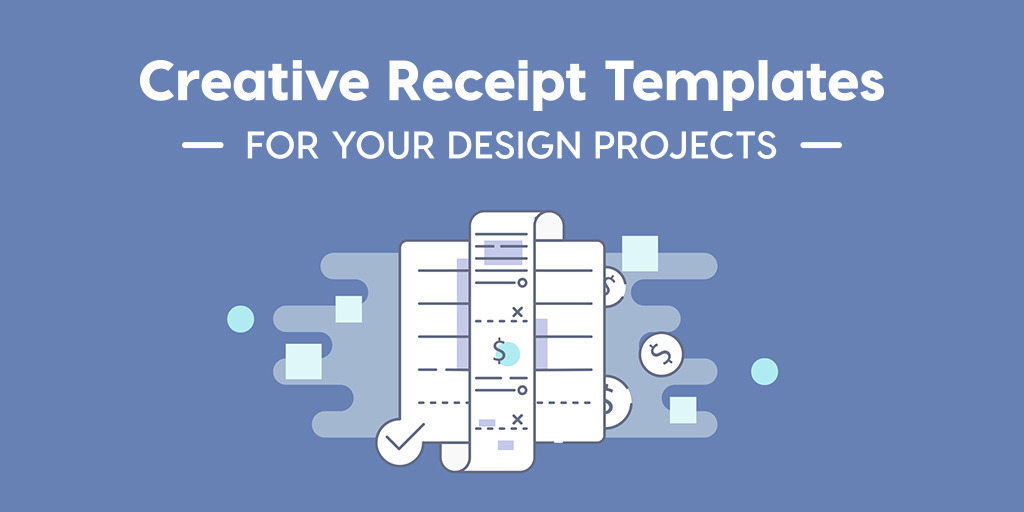
Designing an Intuitive Receipt Template
We all know how frustrating it can be to wrestle with a confusing form or template. That’s why designing a user-friendly receipt is as crucial as getting the structure right. A receipt that’s easy to fill out and easy to read? Now that’s what we’re talking about!
User-Friendly Input Fields
Let’s dive into the nuts and bolts of what makes a receipt a joy to use:
- Creating clear and intuitive fields: No more guesswork. Each field on the receipt should tell you exactly what goes where.
- Guiding users through the input process: Like a friendly assistant, guiding you step by step.
- Incorporating helpful instructions: A little nudge here and there to make sure everything goes smoothly.
Want to see a sleek example? Take a glance at our
web design invoice template. Notice how each part guides you naturally to the next one? That’s a user-friendly design in action, with just the right input fields.
When we talk about essential input fields for a receipt, it’s all about clarity. It starts with the Purchaser’s Name—who bought the item? Then, the Item Description gives the details of what was purchased. We also need to know about Quantity (how many?) and the Price Per Unit (how much for each one?). The Total Price tells us the grand total, while the Payment Method indicates how it was paid for. Finally, Seller’s Details round out the information by telling us who’s selling the item. All these elements come together to form a cohesive and comprehensive receipt that leaves no room for confusion.

Including Relevant Transaction Information
A receipt is more than just numbers; it’s a story of a transaction. In that story, some things just can’t be left out. First up, payment details. Did they pay with a card or cash? Were any discounts or extra charges applied? That’s all the key information that needs to be specified.
Next, special instructions or policies. Maybe, there was a unique return policy or special shipping instructions? These aren’t footnotes; they’re a part of the transaction and need to be precise. Also, let’s not forget about the contact information. It’s your way of saying, “We’re here for you.” Clear contact details build trust and keep the lines of communication open.
Radomir Novkovich
Co-founder of Saldo Apps. His core competencies include product management, mobile app marketing, financial advertising, and app store optimization.
Learn more
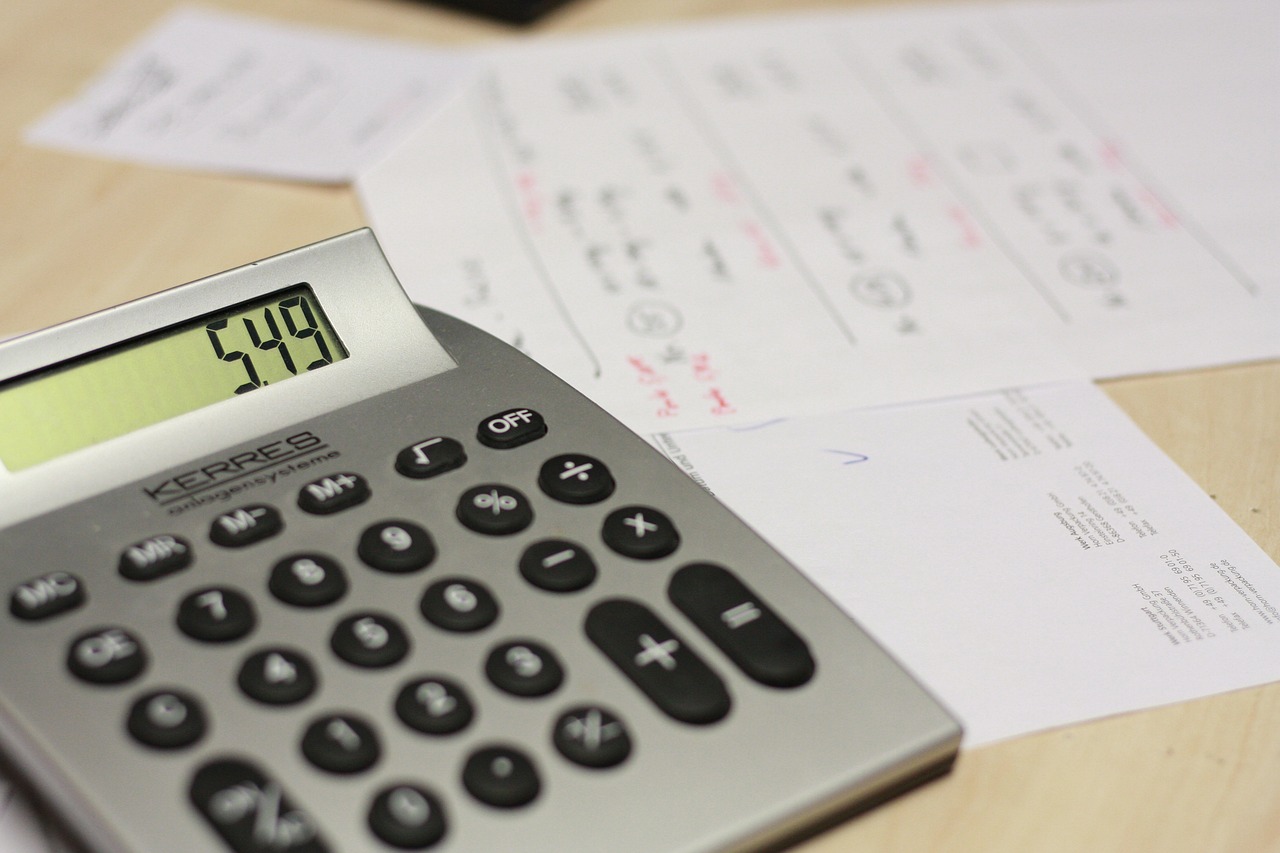



 What You Really Need on a Receipt:
What You Really Need on a Receipt:




